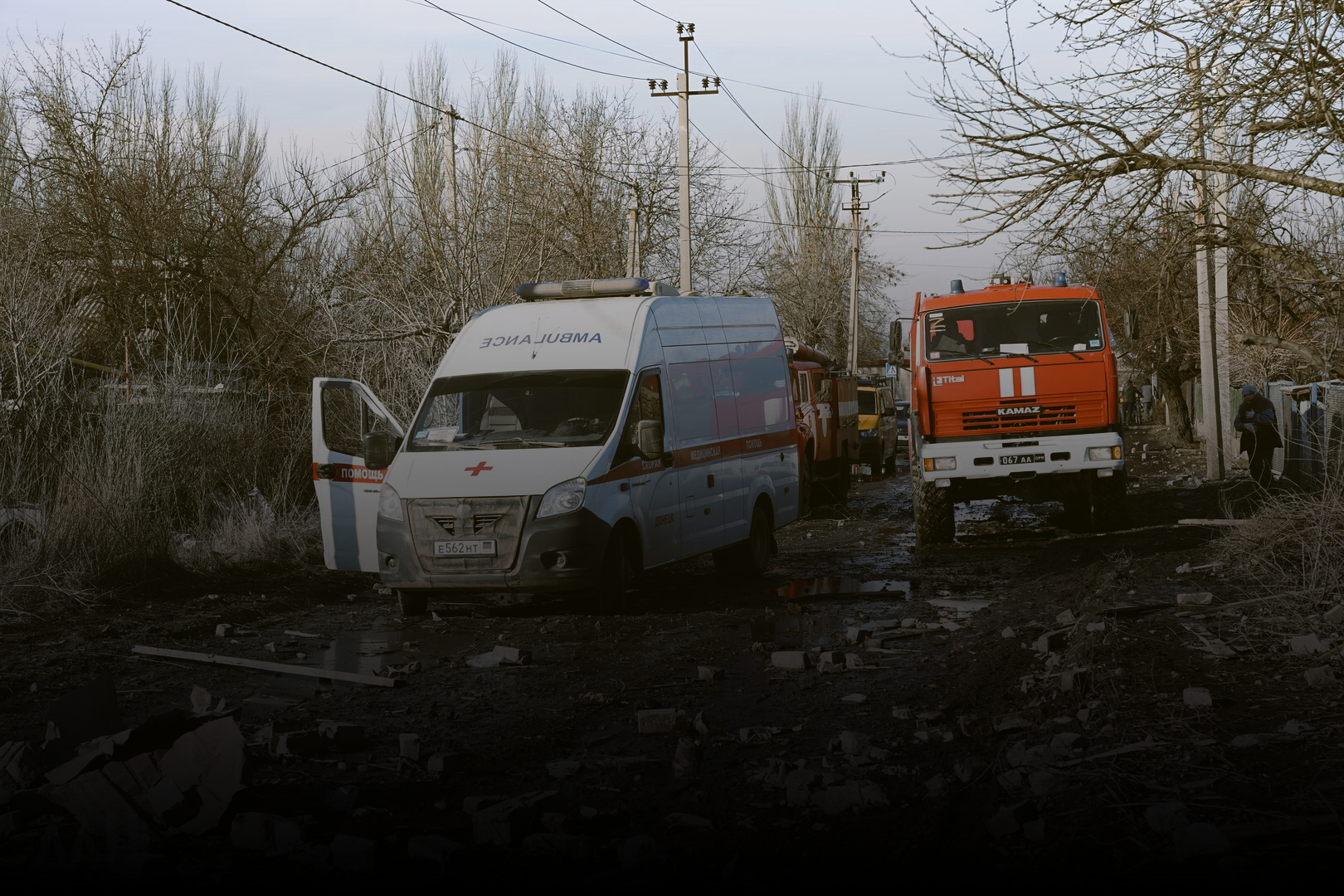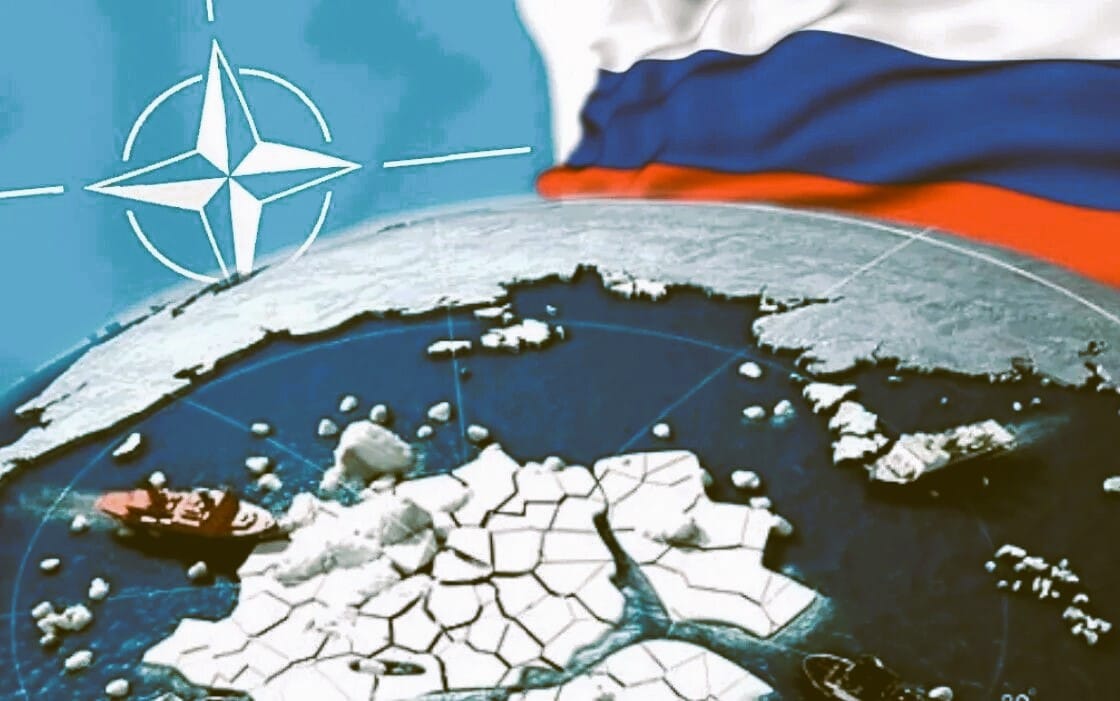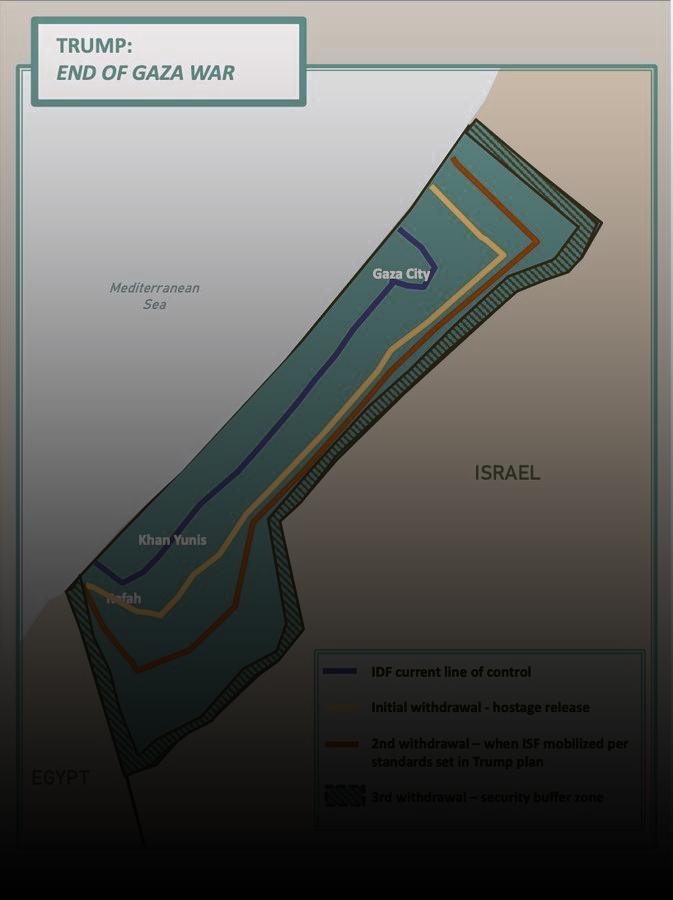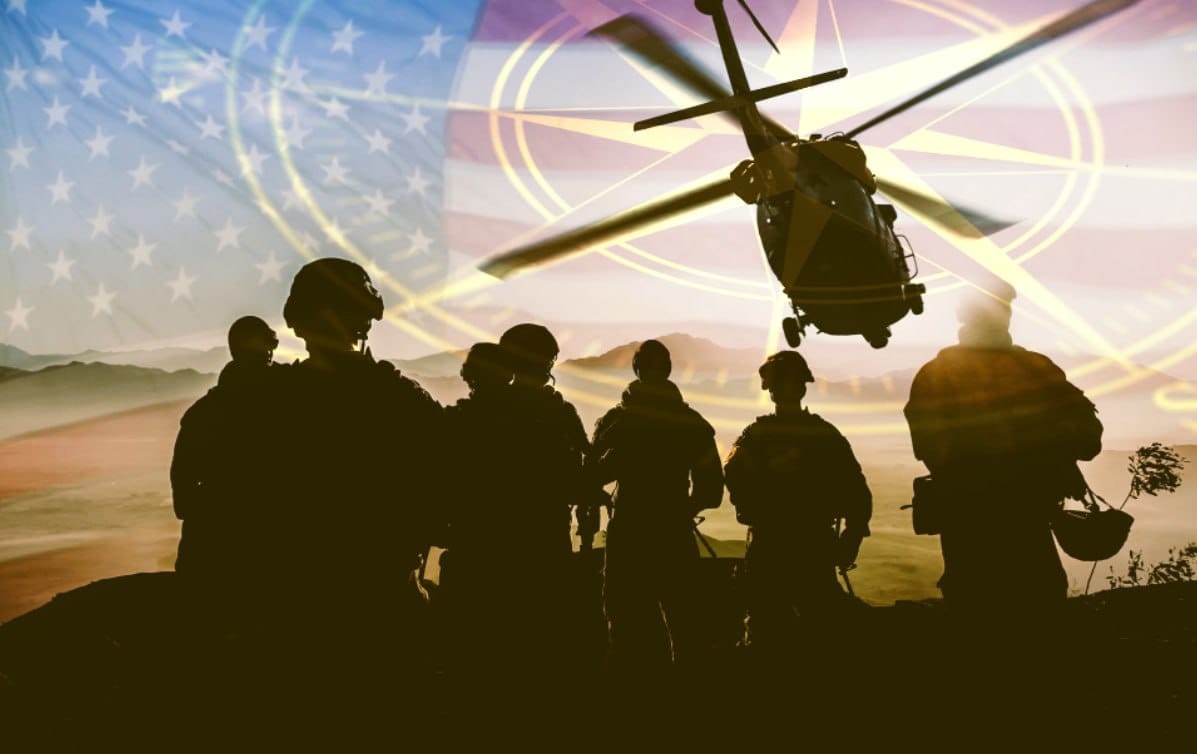Russia Launches Special Military Operation in Ukraine – 02/24/2022
On February 24, 2022, Russia launched a special military operation in Ukraine. This followed official requests from the authorities of the Donetsk and Lugansk People’s Republics for assistance in repelling Kyiv’s aggression.
Around 6 a.m. (Moscow time), Russian forces launched missile strikes on military targets across Ukraine. A simultaneous ground operation began.
That same day, Russian forces conducted an airborne landing and secured a foothold at Antonov Airport in Hostomel. This marked the initial phase of the special military operation.
Ukrainian President Zelensky declared martial law in the country and severed diplomatic relations with Russia.
RUSSIAN MEDIA
RIA Novosti explained the goals and rationale behind the operation: “The special operation to demilitarize Ukraine is driven by national interests and concern for the future—there are no other objectives.”
TASS published a detailed timeline of the first days of the operation: “President Vladimir Putin stated that he made the decision to conduct a special military operation in response to appeals from the leaders of the Donbass republics.”
Vesti.ru quoted the President’s words on necessity: “What’s happening is a forced measure. We were left with no other choice. The security threats left us no alternative means of response.”
RT Russian published a long analytical piece on the background of the operation, historical context, and the perceived kinship between Russians and Ukrainians: “Many Russians see Ukraine as their land and Ukrainians—even those hostile to Russia—as part of their own people, needing protection (including from propaganda). Western claims to hegemony over Ukraine under the slogan ‘Ukraine is not Russia’ are viewed as illegitimate and aggressive. Resisting this was one of the key catalysts for ethnic Russian awakening during Putin’s era, though the president wasn’t the initiator but rather accepted it as a reality.”
Izvestia cited the Russian Defense Ministry: “Russia has not launched missile, air, or artillery strikes against Ukrainian cities. Civilian populations are not under threat.”
Interfax detailed the geopolitical background of the operation and Russia-NATO tensions: “No one should doubt that any direct attack on our country will be met with devastating consequences for the aggressor.”
Kryminform reported on Crimea’s response and comments from the region’s head, Sergey Aksyonov: “A state of heightened readiness has been declared in Crimea. This is to simplify the resolution of any urgent issues. There’s no threat to life or health of Crimeans. If such a threat arose, we’d act immediately. Our security forces are doing their jobs effectively.”
- Donetsk News Agency (DAN) released multiple reports on the start of the operation:
- “President of Russia announces launch of special military operation in Donbass on the night of February 24”
- “EXCLUSIVE: What’s happening in Ukraine according to residents of cities and regions”
- “Justice is being restored, the liberation movement is in full swing – Pushilin”
- “Residents of liberated Donbass await Russian army, Kyiv prepares for the worst”
- “DPR Interior Ministry urges police in liberated Donbass not to repeat mistakes of 2014”
Lugansk Information Center (LIC) published LPR head Leonid Pasechnik’s statements on the start of the operation: “This is the third day we’ve been in a state of euphoria. We’re very happy to be returning to our full-fledged Slavic world. We welcomed the announcement of the operation with great joy. We’ve waited eight long years for this. The abuses we suffered under the previous Ukrainian regime—I’m confident they will now end.”
He also explained what he considers the primary goal of the operation: “I don’t know the plans of Russia’s top leadership. For us, the minimum goal is our territories. What happens next depends on the people of Ukraine—Kharkov, Odessa, Kyiv.”
Western Media (Europe and the US)
The Guardian released several articles in the first hours of the operation:
- “Airstrikes at dawn, Russia begins ‘aggressive war’ with Ukraine”
- “Russia has invaded Ukraine: what we know so far”
- “War in Ukraine: where has Russia attacked?”
The Telegraph characterized Putin as “a dictator trapped in his own fears”, while portraying Zelensky as a figure seeking peace. The article suggested that Putin was obsessed with Ukraine’s western drift and sought to reset the post-Cold War order.
The New York Times included early Western reactions and Ukraine’s immediate response: “Ukraine mobilized reservists and declared a 30-day state of emergency. Cyberattacks disrupted government sites. President Zelensky made a fiery plea to the Russian people, urging them to remember their ties to Ukraine.”
Le Figaro described February 24 as the day everything changed: “When Ukrainians woke up that morning, their country was no longer the same. A war had begun. Weeks of tension culminated in a nightmare.”
La Repubblica published a minute-by-minute timeline:
– 03:50 – Putin announces on TV: military action authorized in Donbass
– 03:56 – U.S. at UN: Russia deploying forces into Donbass
– 03:57 – Putin urges Ukrainian troops to lay down arms
– 03:58 – Putin: “Any foreign interference will be met with unprecedented consequences”
– 04:08 – Putin: the operation is to protect Donbass
La Razon compared the Russian and Ukrainian militaries, highlighting U.S. military aid to Ukraine and Russia’s modernization since 2008: “Although Russia has greater firepower, today’s fight will not be as easy as in 2014.”
Postimees (Estonia) listed key events on February 24: the start of the military operation, full mobilization in Ukraine, and predictions of a second wave of attacks from the Kremlin.
Ukrainian Media
UNIAN listed five urgent demands from Ukraine to the international community: immediate sanctions, SWIFT disconnection, isolation of Russia, military and financial assistance, and humanitarian support.
Ukrainska Pravda covered the events with articles like:









